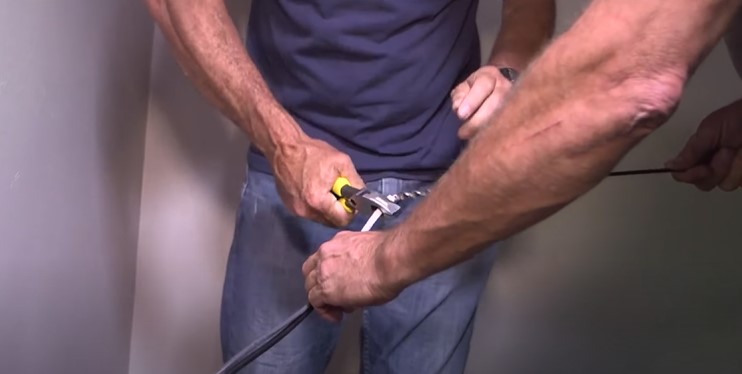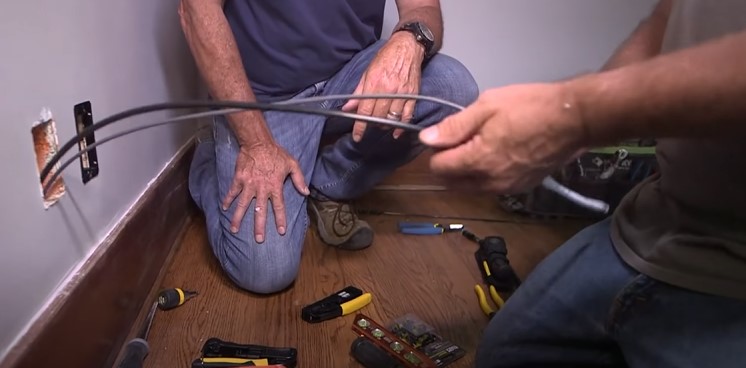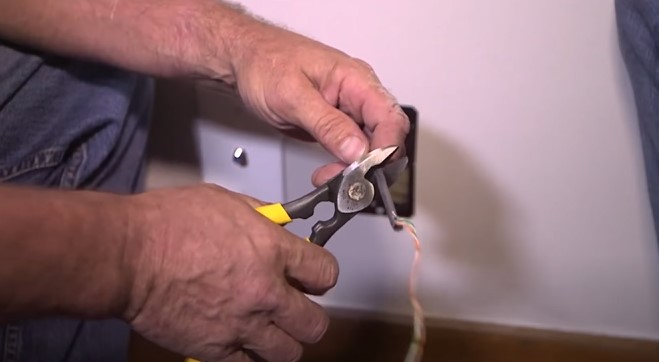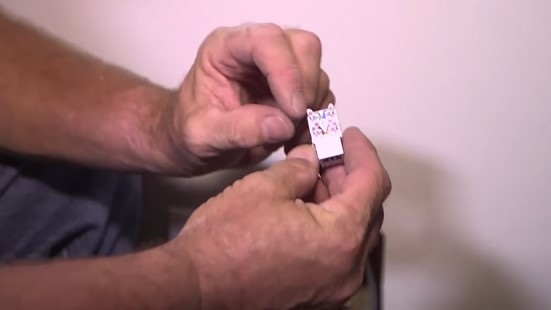Running cable lines can be an essential but costly task for homeowners and businesses alike. From internet and phone connections to cable TV, the cost of installation and maintenance can vary depending on a multitude of factors.
We will explore the various costs associated with running cable lines and provide some insight into what you can expect to pay.
How Much Does It Cost to Run Cable Lines?
Running a new cable line can cost anywhere from $75 to $485, with the total project amounting to between $132 to $287. Additionally, the cost of receptacle units can range from $3 to $50 depending on the type of unit used. There is also an additional labor charge, with professional electricians charging between $40 to $100 per hour.
Cable lines are usually installed underground, following the same path as other utility service lines. However, in some cases, they may run above ground. Typically, cable lines are installed during the construction of the house, but they may also need to be replaced if they become damaged.
Factors to take note of
Time It Takes
When installing the cable lines, the process usually takes anywhere between two to four hours to complete. When scheduling an appointment with the technician, it’s important to keep in mind that the entire installation process could take up to four hours to finish.

This ensures that you have enough time allocated for the installation, and the technicians can work efficiently without any rush or time constraints.
Dimensions of a Coaxial Cable
During the installation of cable lines, a specific type of coaxial cable is used, known as the RG6 tri shield coax cable. This cable is designed to handle the frequencies used for cable television, internet, and phone services. Additionally, compression fittings are used on this type of cable to ensure a secure and reliable connection.
Compression fittings offer a tight seal between the cable and the connector, reducing the risk of signal loss or interference. The use of the RG6 tri shield coax cable and compression fittings helps to ensure a high-quality and reliable cable line installation.
Cable Type Used Outdoors
Coaxial cables are a common type of communication cable that are used to transmit data. There are many different types of coaxial cables available in the industry, but when hooking up a cable box, it’s important to use a specific type of cable. A 75-ohm coaxial cable is recommended for this purpose, as it is optimized for cable television signals.
Additionally, F-type connectors should be used when connecting the cable to the box. These connectors provide a secure and reliable connection, ensuring that the modem can receive signals without any interference or loss of quality.

Working Time of the Technicians
If you’re looking to install new cable lines in your home or business, you’ll be glad to know that technicians can work with flexible installation hours. Cable line installations can take several hours to complete, and technicians understand that customers may have scheduling constraints or preferences.
That’s why installation services are available between 7am to 10pm, allowing for greater convenience and flexibility. Whether you prefer an early morning installation or a later evening appointment, the technicians can work with your schedule to ensure a smooth and hassle-free installation process.
Tipping the Technician
Cable line installations often require technicians to work outside in various weather conditions, such as hot sunny days. These technicians may be required to dig around your home or work in your garden, depending on the installation needs. While it’s not mandatory, showing a gesture of kindness towards these technicians can go a long way.

Tipping them for their hard work and effort is a great way to show your appreciation and gratitude. Not only will this make the technicians feel valued and respected, but it may also encourage them to go above and beyond to ensure that the installation is done efficiently and effectively.
Connecting the Coaxial Cable
Connecting your modem to the wall outlet and computer is a simple process that can be done easily. Start by connecting one end of the coaxial cable to the wall outlet and the other end to the back of your modem. This allows the modem to receive the signal from the wall outlet.
Next, take an Ethernet cable and connect one end to your computer and the other end to the Ethernet outlet on the back of your modem. This creates a wired connection between your computer and modem, allowing you to access the internet.
Once everything is connected, you can turn on your computer and the modem to start browsing the web.
Is Running a Cable Line Worth It?
The decision to run a cable line is a personal one that depends on a variety of factors. There are many benefits to running a cable line, including improved internet speeds and access to a wider range of entertainment options. However, there are also some potential drawbacks to consider.

One of the primary benefits of running a cable line is that it can significantly improve your internet speeds. Cable lines are capable of delivering much faster internet speeds than traditional DSL or dial-up connections. This means that you can download files, stream movies, and browse the web much faster and more efficiently.
Additionally, running a cable line can give you access to a wider range of entertainment options, including cable TV channels, streaming services, and other online content. However, there are also some potential downsides to running a cable line.
The cost of installation can be quite high, especially if you need to hire a professional electrician to do the work for you. Additionally, you may need to pay ongoing monthly fees for your cable service, which can add up over time. Another potential downside to running a cable line is that it can be more vulnerable to outages and disruptions than other types of internet connections.
This is because cable lines are often shared among many users, and if one user experiences an outage or disruption, it can affect everyone on the network.

Conclusion
Running cable lines can improve your internet speeds and access to entertainment options, but it comes at a cost. The total cost of installation and ongoing monthly fees can range from a few hundred to thousands of dollars.
It’s important to consider your individual needs and budget before making a decision.

